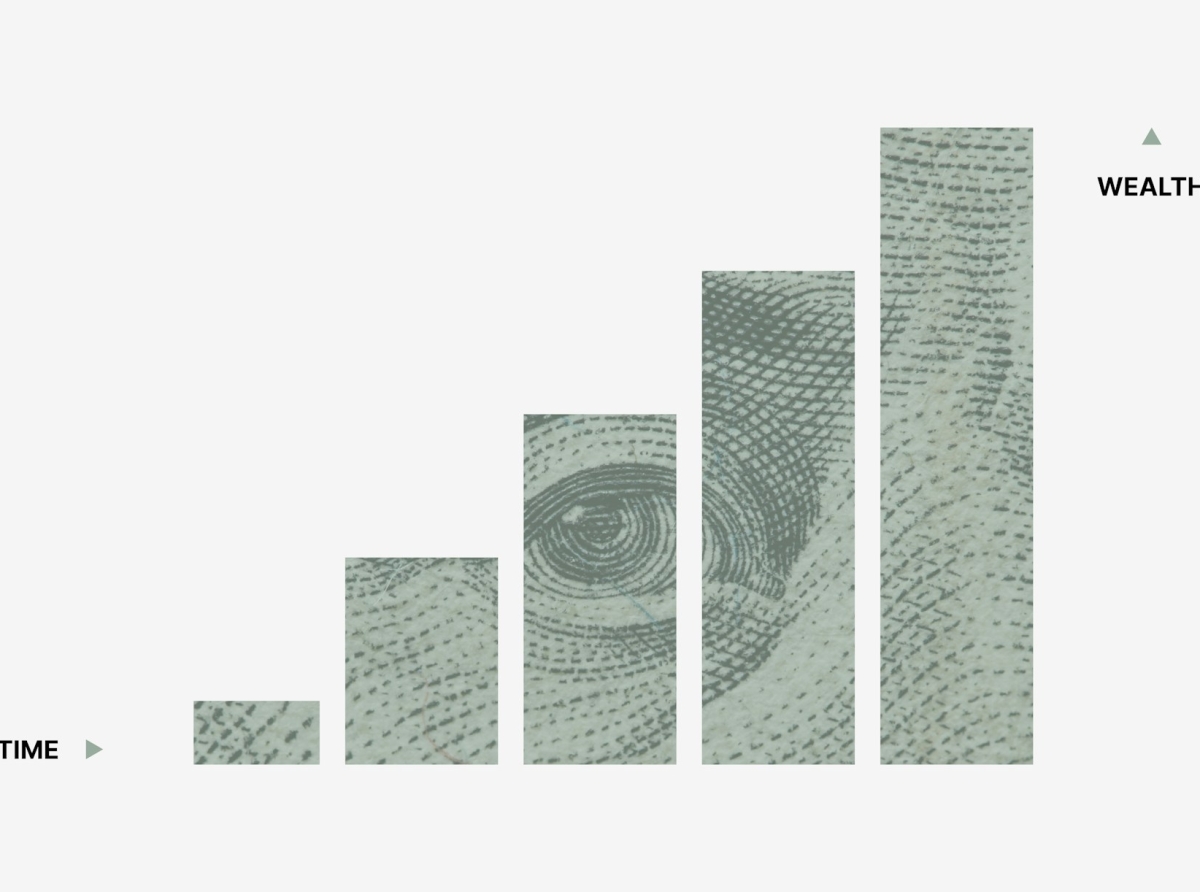
What Is Regenerative Finance (ReFi)?
Definition and Core Principles of ReFi
Regenerative Finance, or ReFi, represents a transformative approach to economic systems that focuses on sustainability and the restoration of environmental, social, and cultural capital. At its heart, ReFi is about creating financial models that go beyond sustainability — they actively regenerate and revitalize ecosystems and communities.
The principles of ReFi are grounded in circular economy concepts, where the end-of-life of products is just the beginning for new growth. It stresses on inclusivity, stewardship, and community-based governance. Unlike traditional finance which often prioritizes short-term gains often at the expense of long-term stability, ReFi aims for long-term resilience and shared prosperity.
The Evolution of Finance Leading to the Emergence of ReFi
The journey towards regenerative finance began with conventional finance models which were largely extractive, focusing on wealth accumulation without sufficient regard for environmental or social impacts. Gradually, awareness around environmental degradation led to sustainable finance — an approach considering environmental and social governance (ESG) factors.
However, sustainable finance has been criticized for not addressing the root causes of degradation. Hence, there’s a growing movement towards ReFi which not only aims to minimize damage but also to restore and renew ecological systems.
The Potential Impact of ReFi on Sustainable Growth
ReFi has the potential to revolutionize how businesses operate by embedding ecological and social value into economic transactions. This could lead to more resilient economies that can withstand shocks from climate change while fostering innovation and growth that contribute to planetary health.
Regenerative Finance, or ReFi, represents a transformative approach to economic systems that focuses on sustainability and the restoration of environmental, social, and cultural capital. At its heart, ReFi is about creating financial models that go beyond sustainability — they actively regenerate and revitalize ecosystems and communities.
The principles of ReFi are grounded in circular economy concepts, where the end-of-life of products is just the beginning for new growth. It stresses on inclusivity, stewardship, and community-based governance. Unlike traditional finance which often prioritizes short-term gains often at the expense of long-term stability, ReFi aims for long-term resilience and shared prosperity.
The Evolution of Finance Leading to the Emergence of ReFi
The journey towards regenerative finance began with conventional finance models which were largely extractive, focusing on wealth accumulation without sufficient regard for environmental or social impacts. Gradually, awareness around environmental degradation led to sustainable finance — an approach considering environmental and social governance (ESG) factors.
However, sustainable finance has been criticized for not addressing the root causes of degradation. Hence, there’s a growing movement towards ReFi which not only aims to minimize damage but also to restore and renew ecological systems.
The Potential Impact of ReFi on Sustainable Growth
ReFi has the potential to revolutionize how businesses operate by embedding ecological and social value into economic transactions. This could lead to more resilient economies that can withstand shocks from climate change while fostering innovation and growth that contribute to planetary health.

What Is Regenerative Finance (ReFi)?
Key Components and Mechanisms of ReFi
Description of Technologies That Enable ReFiAt the technological core of ReFi are blockchain technology and smart contracts. Blockchain’s decentralized ledger provides transparency and traceability for transactions – essential features for accountability in regenerative projects. Smart contracts automate enforcement of agreed-upon terms in a transaction without intermediaries, reducing friction and increasing efficiency.
Overview of How These Components Work Together
Together, these technologies allow for the creation of decentralized autonomous organizations (DAOs) where stakeholders can participate in decision-making processes directly affecting their communities or environments. They enable tokenization of natural assets like carbon credits or ecosystem services, allowing them to be traded or invested in transparent ways that incentivize conservation efforts.
Case Studies: Success Stories in Regenerative Finance
Projects around the world are already demonstrating how ReFi can contribute positively to environmental sustainability while providing economic benefits:- A reforestation project tokenizes carbon credits which are then sold or traded on a blockchain platform.
- A DAO formed by local fishermen manages a fund dedicated to ocean cleanup efforts financed through eco-tourism activities.
These case studies show how integrating regenerative principles with financial tools can create self-sustaining models aiming for positive environmental impact alongside profitable returns.
Challenges and Criticisms Facing Regenerative Finance
Challenges in Scaling UpScaling up these initiatives globally is fraught with challenges such as regulatory hurdles, lack of widespread understanding about regenerative concepts among investors, and difficulties in quantifying the non-financial value generated by these systems.
Addressing Criticisms
Critics argue about practicality; questioning if current economic systems can adapt fast enough to incorporate regenerative practices. Efficiency concerns also arise as some fear that focusing too much on regeneration might hamper competitiveness. These criticisms require further exploration into developing hybrid models that balance regeneration with efficiency.
Future Prospects: Scaling Up Regenerative Finance for Global Impact
To achieve mainstream adoption:There must be increased education about the benefits and mechanics of ReFi.
Governments could enact policies incentivizing regenerative projects.
Cross-sector partnerships between traditional banks and innovative fintech companies may help integrate renewable practices into conventional financial services.
In conclusion, Regenerative Finance holds promise as a scalable solution for reversing ecological degradation while fostering resilient economies – it is not just a financial strategy but a new paradigm where economy meets ecology effectively contributing towards global sustainability goals.
ReFi, Sustainable Finance, Financial Revolution, Economic Sustainability, Regenerative Economics









Report
My comments